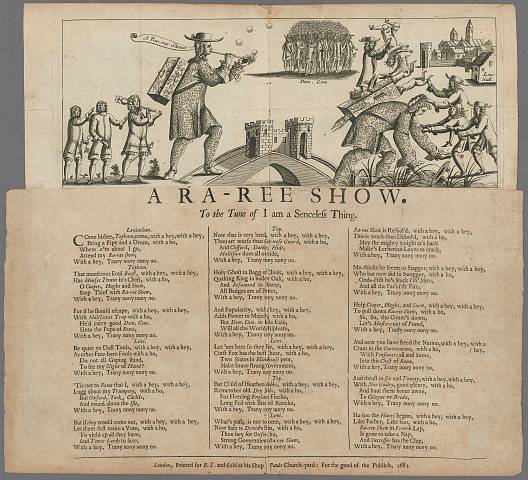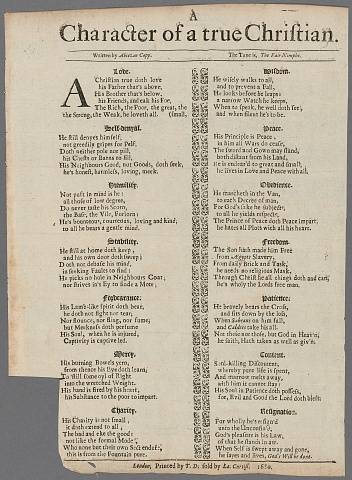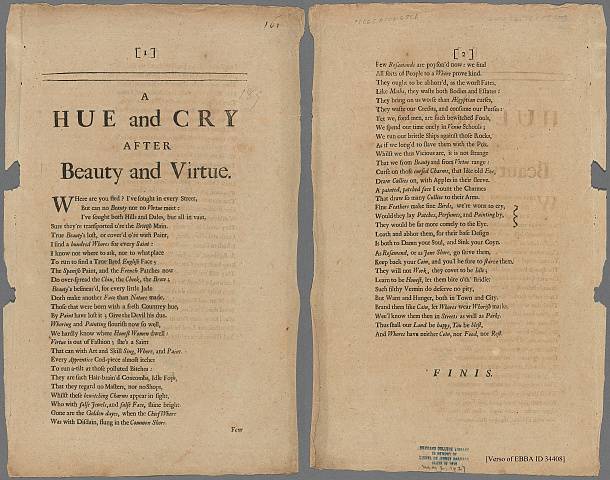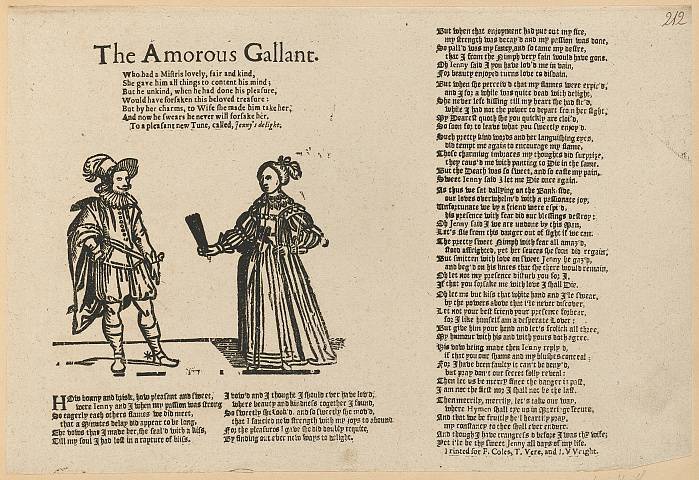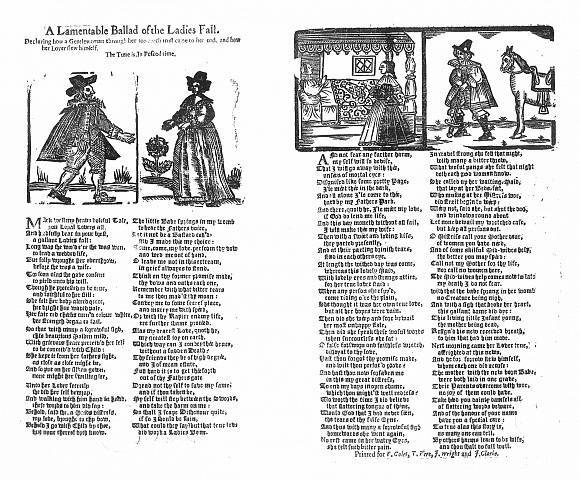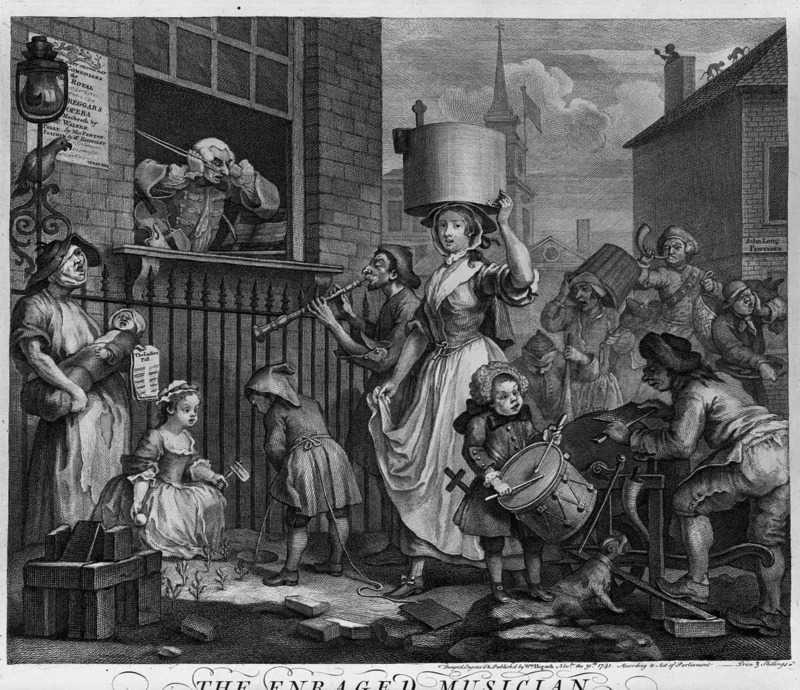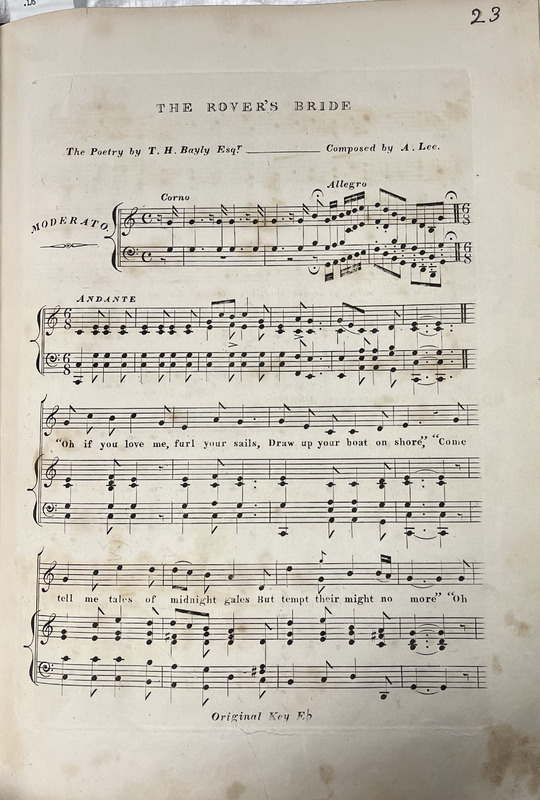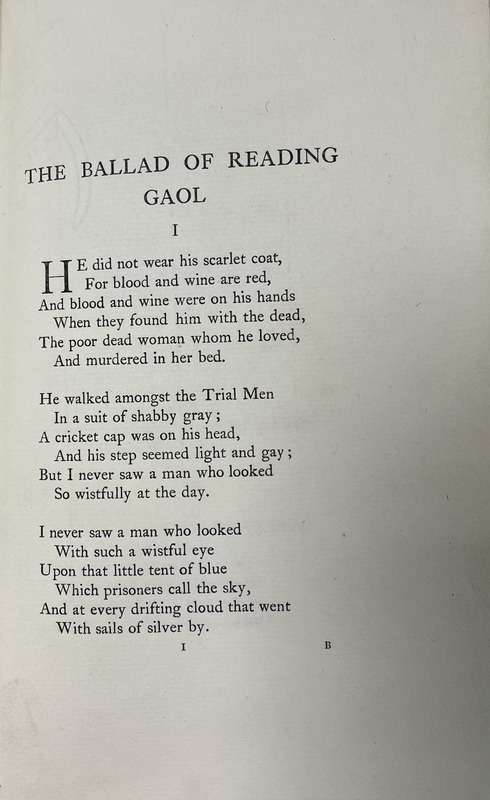The Bones of the Ballad Body
These artefacts each represent a different perspective, and reflect varying moral determinations. Viewed in order, each item builds upon the last, endeavouring to demonstrate the ways in which the form is constant, and the ways in which it diverges or subverts itself. Still, morality is the centre which keeps these artefacts in orbit, which hopefully will be evident through this collection.
"A Ra-Ree Show"
"A Ra-Ree Show" is a seditious ballad which was the subject of a court case against Stephen Colledge, who was only alleged to be the author, at the time. "A Ra-Ree" show mocks King Charles II of England for religious duplicity and parliamentary gerrymandering (Wessel). These critiques were considered treasonous. Despite being unable to prove Colledge as the lyricist, his performance of the ballad represented enough artistic, authorial ownership, and resulted in his execution. This case demonstrates the gravity and influence of balladry on public consciousness, posing a significant threat to the respect of the Crown (Atkinson).
"A Character of a True Christian"
This ballad is a laundry-list-type piece, which very explicitly lays out how ‘good Christians’ should live. It is extremely puritan and limiting of autonomy. It sets moralistic ideals to aspire to: “Love,” “Self-Denial,” “Humility,” “Stability,” “Forbearance,” “Mercy,” “Charity,” “Wisdom,” “Peace,” “Obedience,” “Freedom,” “Patience,” “Content,” and “Resignation.” The final prescription, “Resignation” to the will of God, is broadly applicable to what would be considered a good citizen – one who surrenders their autonomy and lives by “Obedience,” to the Church and to the kingdom.
"A Hue and Cry after Beauty and Virtue"
This ballad has a tone of poisonous misogyny, which is not uncommon to find. It laments perceived rampant sexual promiscuity in women, villainizing sex work and English women through its tone. The speaker claims to “find a hundred Whores for every Saint,” describing a desperate search for a natural country girl. In this ballad, we see a moral panic over a supposed sociocultural shift, where “Virtue is out of Fashion,” and “French” and “Spanish” makeup, beauty, and sexual practices have converted Englishwomen into “polluted Bitches.”
"The Amorous Gallant"
This ballad similarly constructs men as reasonably fallible, demonstrating greater moral leniency for men, in the tale of a speaker who woes at his inability to be constant to his ‘sweet Jenny.’ She fulfills his every need, and is depicted as opposite to everything accused of women in “A Hue and Cry after Beauty and Virtue.” The speaker is incredibly candid about losing interest in Jenny when her novelty dwindles, but to the end she reassures him that her “constancy to thee will ever endure,” and she will be his “sweet Jenny all days of [her] life.”
"A Lamentable Ballad of the Ladies Fall"
“A Ladies Fall” covertly lays out sexual double standards between men and women. Its portrayal of a premarital sexual relationship resulting in betrayal, pregnancy, and death works within David Atkinson’s concept of “death will out.” Atkinson’s characterization of this theme “[rests] in the domain of sin and judgement rather than that of crime and punishment.” Women’s sexual sin is treated as absolvable through death, while male unchastity is largely ignored.
The Enraged Musician, 1741
This engraving by William Hogarth satirically depicts the cultural delineation between ‘high’ (literally, with the “musician” positioned at the window) versus ‘low’ art forms like balladry. Hogarth provides a visualization of the social prejudice against balladry as a legitimate artistic and professional form. In the left corner, a grotesquely portrayed, bare-breasted ballad-seller holds a copy of “The Ladies Fall,” meta-textually emphasizing the layers of moral stigma around people in this social position in 18th century London – in life and in text (McShane).
"The Rover's Bride"
This ballad dictates the necessity of romantic steadfastness in women, while naturally denying their intuition and desires as legitimate. The seafaring Rover’s wife, Kate, begs him to give up his dangerous career. When he refuses she prays “ceaselessly” through the night for his safe return. The Rover’s inevitable death results in Kate ‘braving the storm’ herself, searching for his corpse upon the shore. Finding her husband, she kisses his cold lips and, too, dies. Despite her desires being ignored to the detriment (death) of both people in the couple, this ballad perpetuates a romantic ideal of obedience
"The ballad of Reading gaol"
This ballad is the latest-authored source in the collection. Here, Wilde utilizes the ballad form to push back on dominant cultural attitudes, essentially appropriating and weaponizing the moralistic tool for individual motivations. In the sample of pages included, Wilde’s vivid descriptions of the inhumanity of imprisonment challenge dominant cultural views of moral behaviour and punishment. Wilde, himself, was incarcerated at Reading Gaol, sentenced to hard labour for homosexual ‘gross indecency.’ This ballad, thus, flips the “murder will out” (Atkinson) convention, which employs corporal punishment and death in ballads as morally redemptive. By pushing back against the legitimacy of this literary convention, Wilde subverted its typical function in perpetuating pervasive morals.
